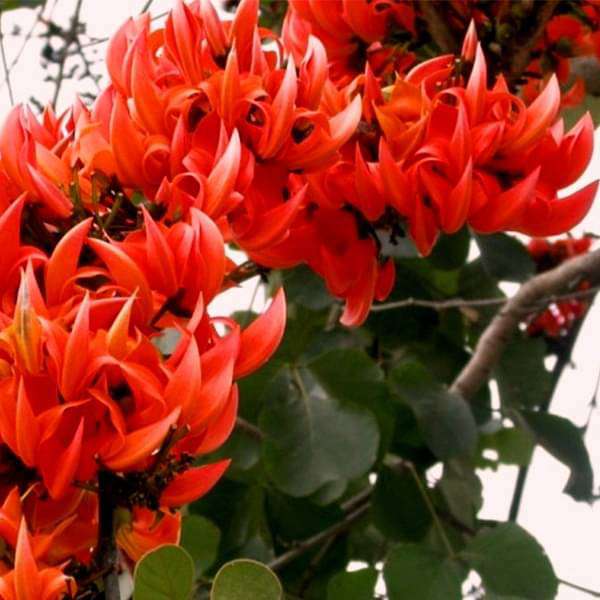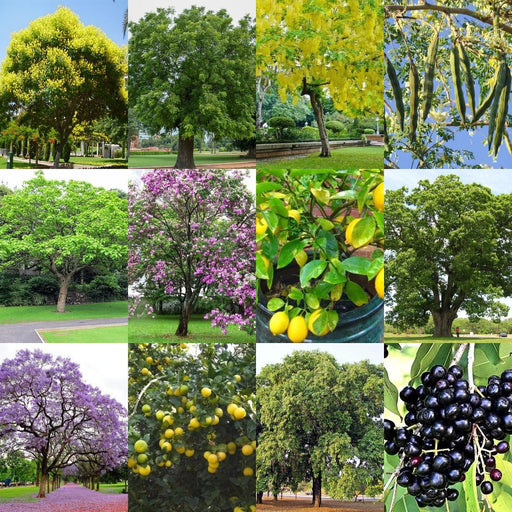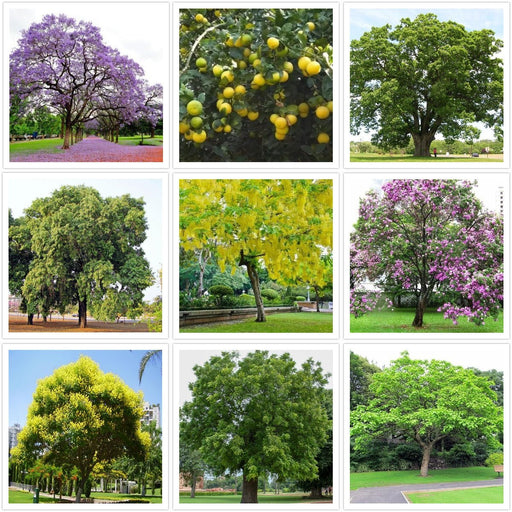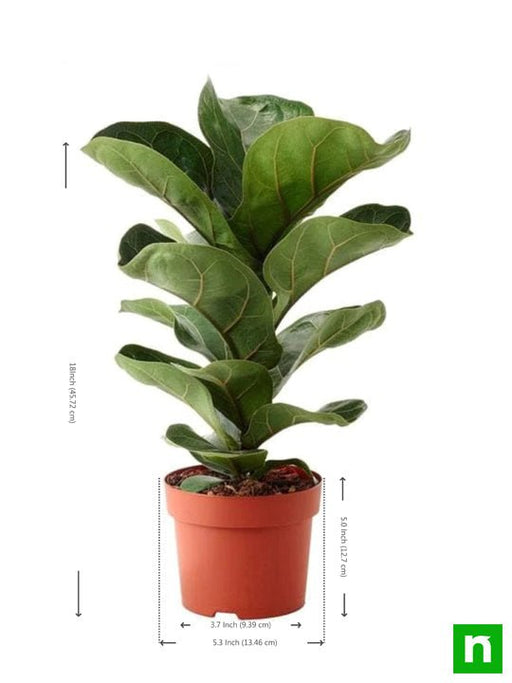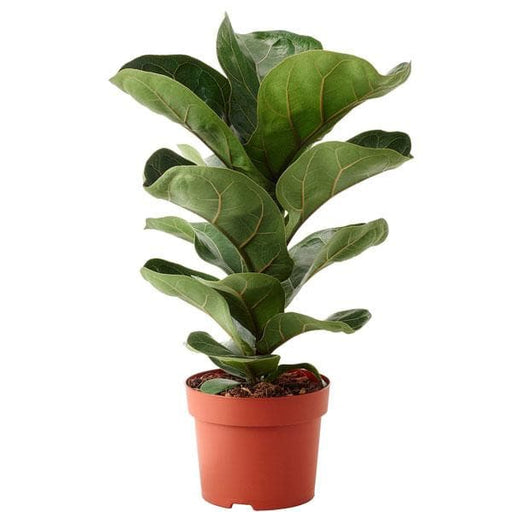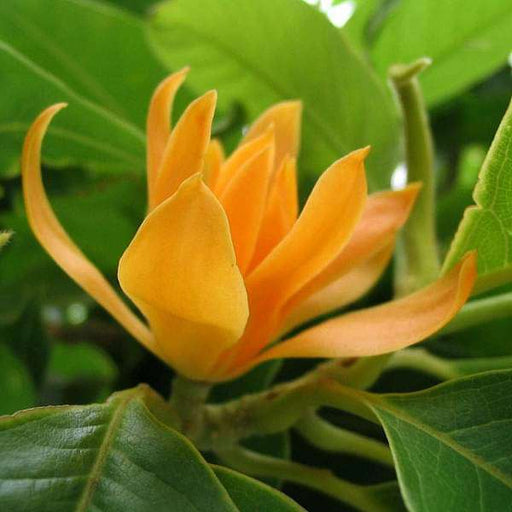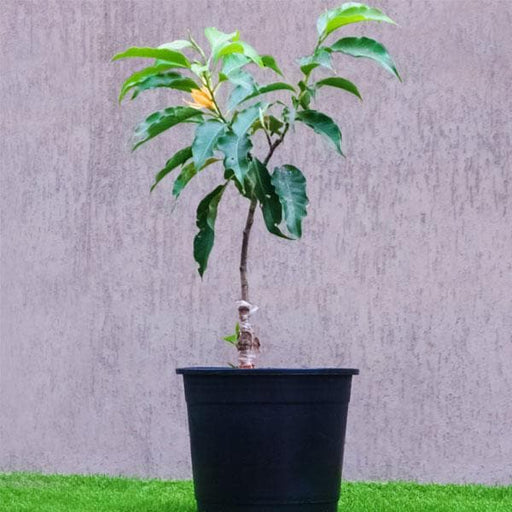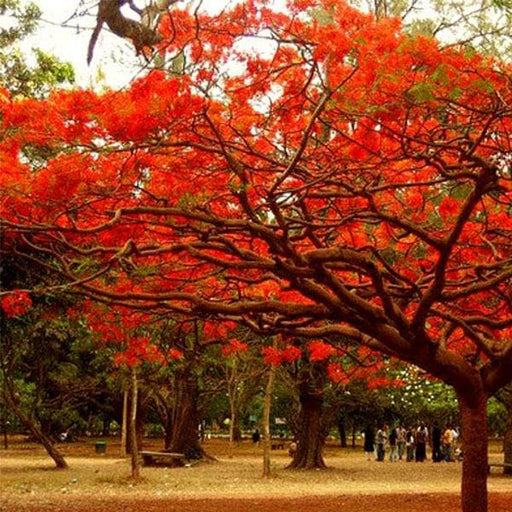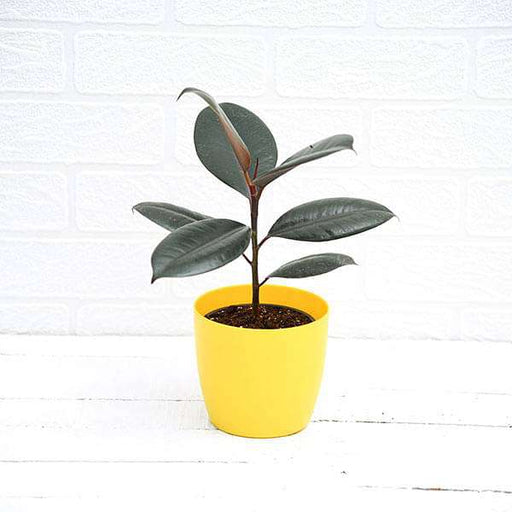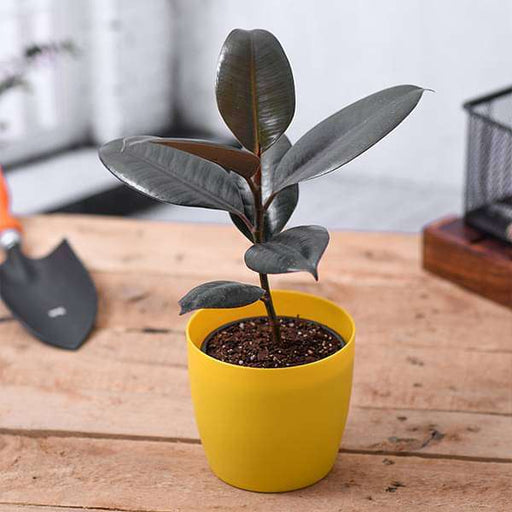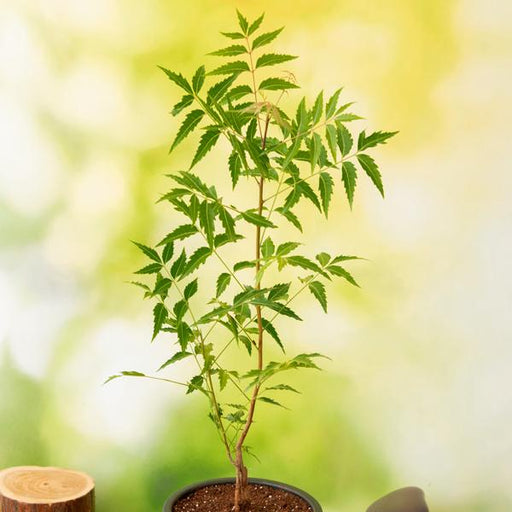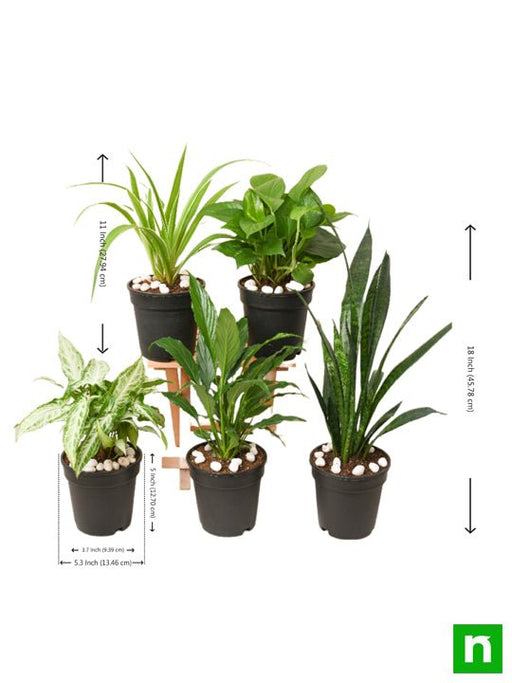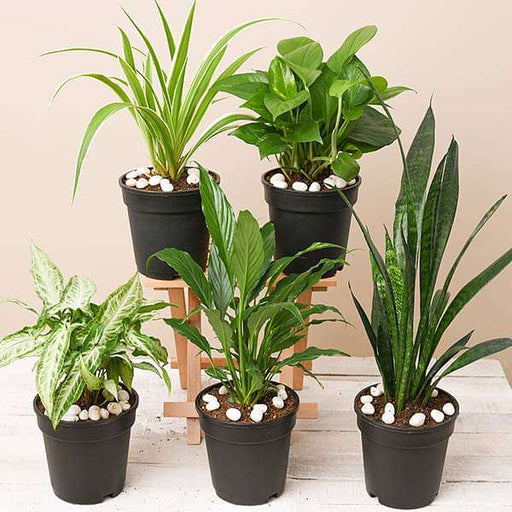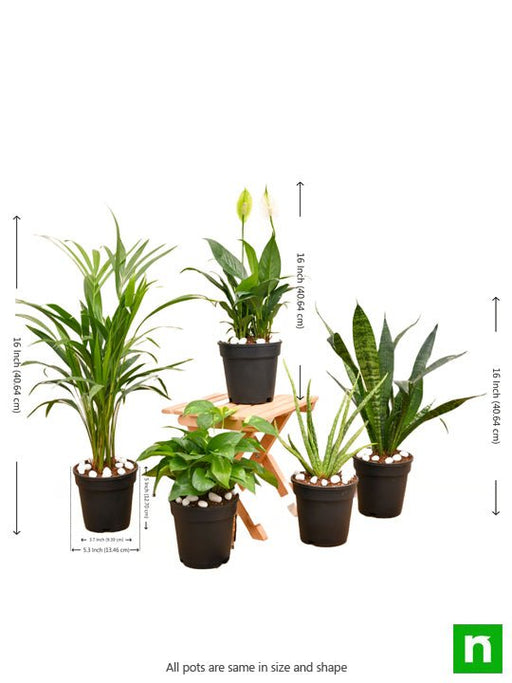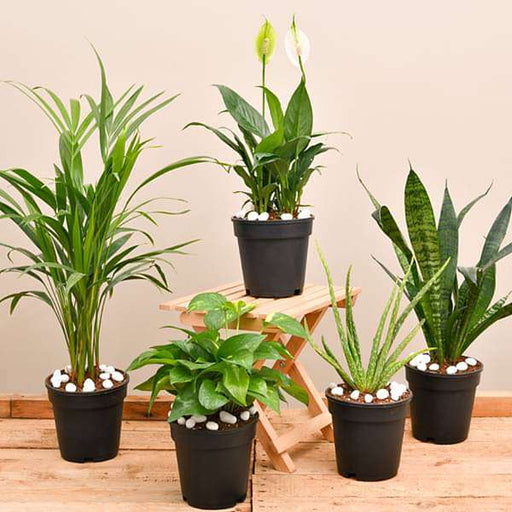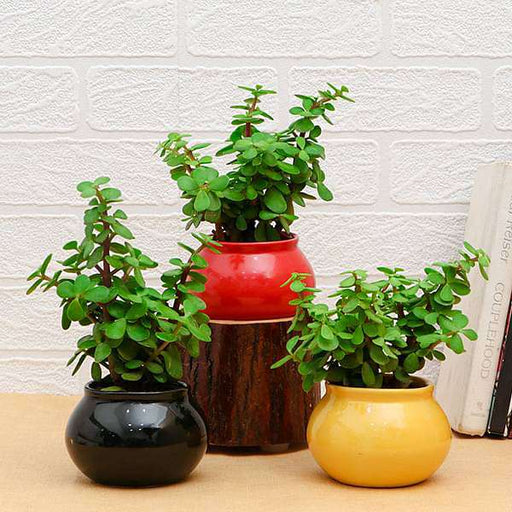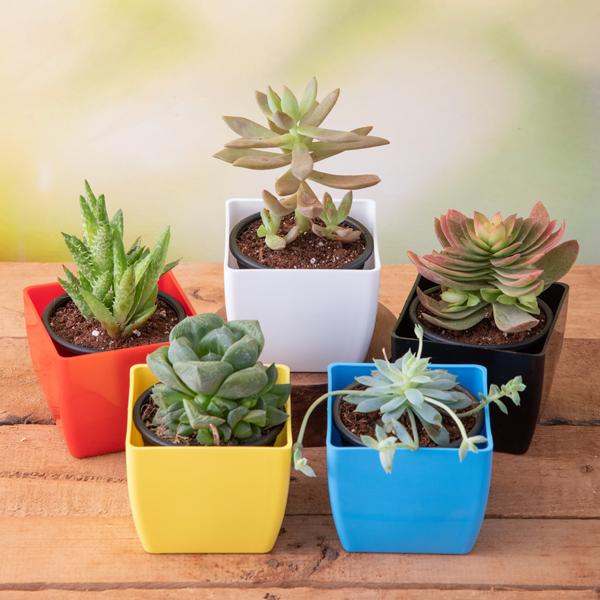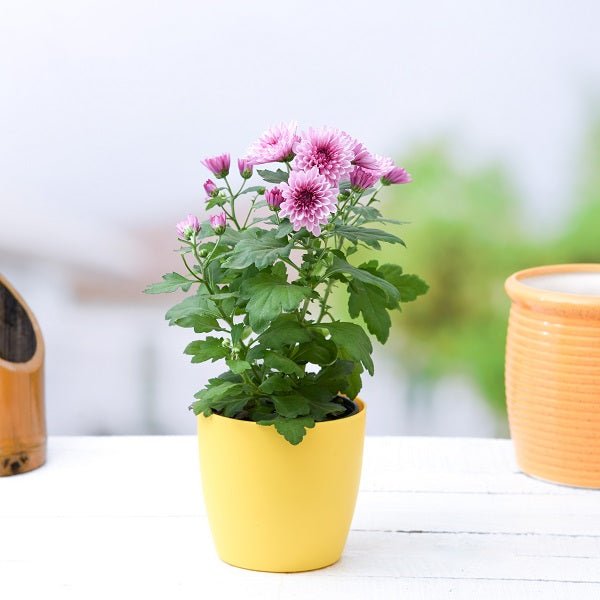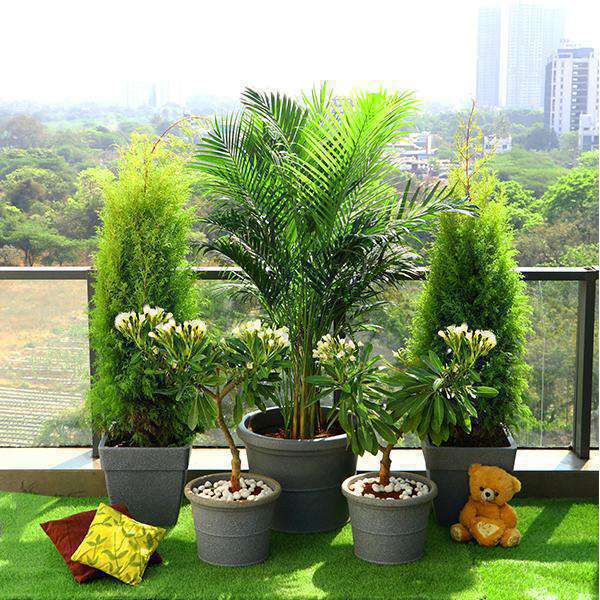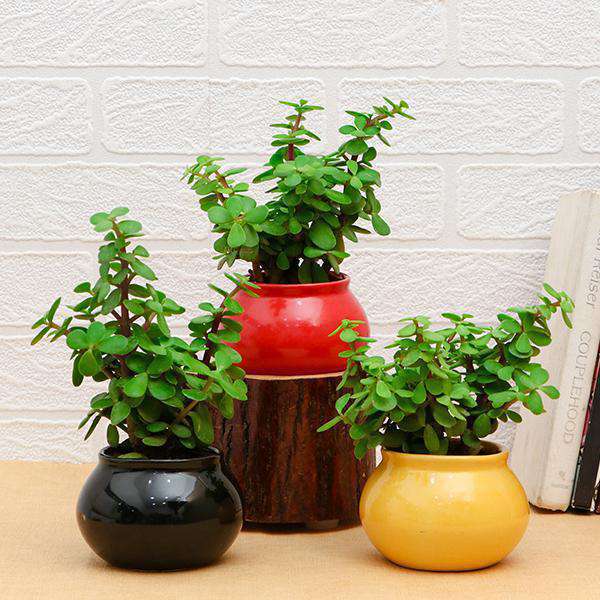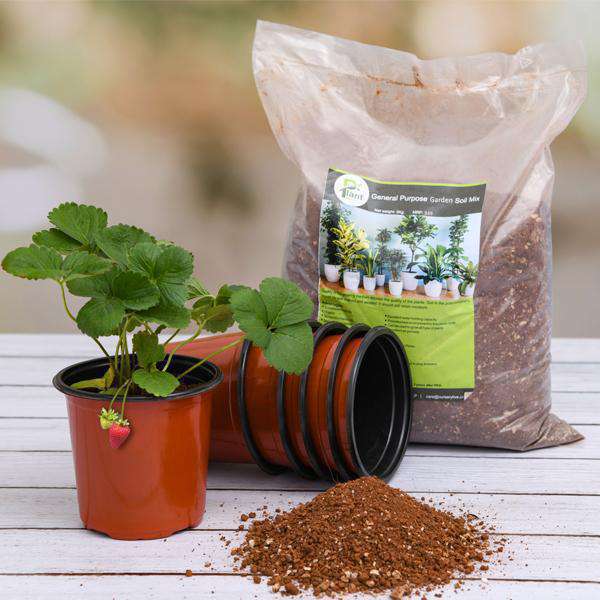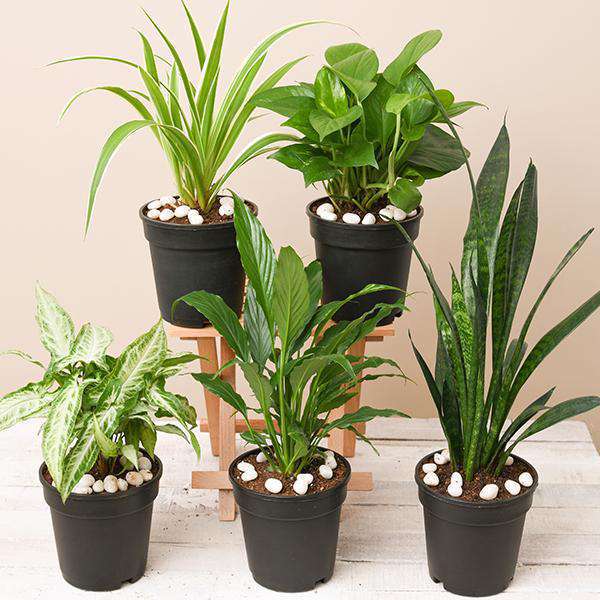Palash Tree Benefits
The Palash tree, also known as the Butea monosperma, is not just a pretty face in the floral world; it’s a multitasking marvel! This tree offers a plethora of benefits, from its stunning orange flowers that brighten up any landscape to its medicinal properties. The flowers are used in traditional medicine to treat various ailments, while the tree itself provides shade and shelter. Plus, it’s a favorite among bees, making it a pollinator’s paradise. Who knew a tree could be so generous?
Palash Flower Significance
The Palash flower is like the celebrity of Jharkhand’s flora, often referred to as the ‘flame of the forest.’ Its vibrant orange hue is not just eye candy; it holds cultural significance in various festivals and rituals. The flowers are used in religious ceremonies, symbolizing purity and devotion. So, next time you see a Palash flower, remember, it’s not just a flower; it’s a cultural icon!
Palash Tree Planting Tips
Thinking of planting a Palash tree? Well, grab your gardening gloves and get ready for some fun! These trees thrive in well-drained soil and love a sunny spot. They’re drought-resistant, so you won’t need to babysit them with a watering can every day. Just plant, sit back, and watch as your Palash tree transforms into a stunning spectacle of orange flowers. It’s like having your own piece of the forest right in your backyard!
Palash Tree Habitat
The Palash tree is a true adventurer, thriving in the dry deciduous forests of Jharkhand and beyond. It loves to stretch its roots in sandy or rocky soils, making it a perfect fit for the rugged terrains. This tree is not just a home for itself; it provides a habitat for various birds and insects. So, if you’re looking for a tree that’s a social butterfly in the plant world, the Palash is your go-to!
Palash Tree and Wildlife
The Palash tree is like the ultimate host at a wildlife party! Its flowers attract a variety of pollinators, including bees and butterflies, while its sturdy branches provide nesting sites for birds. The tree’s seeds are a favorite snack for various animals, making it a vital part of the ecosystem. So, planting a Palash tree is not just a gift to yourself; it’s a gift to the wildlife community!
Palash Flower Uses
The Palash flower is not just a pretty face; it’s a versatile superstar! From being used in traditional medicine to dyeing fabrics, these flowers have a myriad of uses. They can be brewed into a tea that’s said to have health benefits, or you can use them to create natural dyes for your next arts and crafts project. Who knew flowers could be so handy?
Palash Tree in Culture
The Palash tree is deeply rooted in the cultural fabric of Jharkhand. It’s often associated with various folk tales and traditions, making it a symbol of heritage. During festivals, the flowers are used in decorations and rituals, adding a splash of color and meaning. So, when you see a Palash tree, remember it’s not just a tree; it’s a storyteller!
Palash Tree Growth Rate
If you’re impatient for instant gratification, the Palash tree might just be your new best friend! This tree has a relatively fast growth rate, reaching maturity in just a few years. With the right care, you’ll be rewarded with a stunning display of flowers that will make your neighbors green with envy. It’s like planting a piece of art that grows more beautiful with time!
Palash Tree and Air Quality
The Palash tree is not just a pretty sight; it’s also a breath of fresh air—literally! These trees play a significant role in improving air quality by absorbing carbon dioxide and releasing oxygen. So, planting a Palash tree is like giving Mother Nature a high-five while also enhancing your own backyard’s air quality. Talk about a win-win!
Palash Tree and Soil Erosion
The Palash tree is a champion in the fight against soil erosion. Its extensive root system helps hold the soil together, preventing it from washing away during heavy rains. So, if you’re looking to protect your land while adding a touch of beauty, the Palash tree is your eco-friendly ally. It’s like having a superhero in your garden!
Palash Tree and Medicinal Properties
The Palash tree is like the wise old sage of the plant kingdom, offering a treasure trove of medicinal properties. From treating respiratory issues to acting as an anti-inflammatory, this tree has been used in traditional medicine for centuries. So, if you’re ever in need of a natural remedy, look no further than the Palash tree. It’s nature’s pharmacy, right in your backyard!
